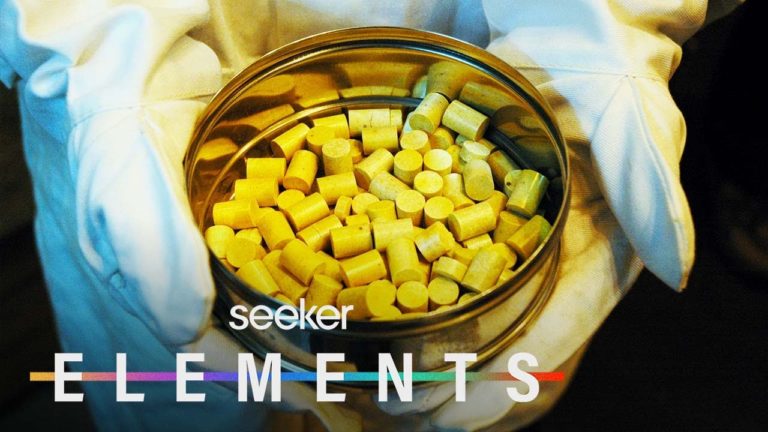The Next Generation of Nuclear Power Is Here
After a decade of research and development, China is ready to test its first-ever thorium-powered molten salt reactor. If it runs safely and shows potential to be cost-effective, China may be powering over a hundred thousand homes by 2030.
This reactor, a unit in Wuwei capable of producing just 2 Megawatts of thermal energy, is actually a test bed for two experimental technologies. Those would be the Thorium fuel source and the molten salt coolant.
Unlike Uranium 235, Thorium is not fissile, meaning it can’t sustain nuclear fission. Thorium 232, however, is fertile, meaning if it captures a neutron, it will eventually decay into Uranium 233, which can then be used to generate power. Then there’s the use of molten salt for coolant. Molten salt is just what it sounds like; salt that’s been heated to the point it turns from a solid into a liquid.
For the salt in the Wu Wei reactor which is a compound of fluorine, lithium, and beryllium, that happens at about 450 degrees celsius. But a molten salt reactor can use that liquid for more than just coolant; it’s possible to actually dissolve fissile and fertile material into the molten salt.
A molten-salt reactor doesn’t necessarily need to use thorium; some nations and private companies are designing molten salt reactors that can use the waste products from the nuclear power plants that exist today. And thorium reactors don’t necessarily need to have their fuel dissolved in a molten salt coolant. But China’s pilot reactor in Wu Wei ties both these experimental technologies together.
Do not forget to share your opinion with us to provide you with the best posts !




0 Comments